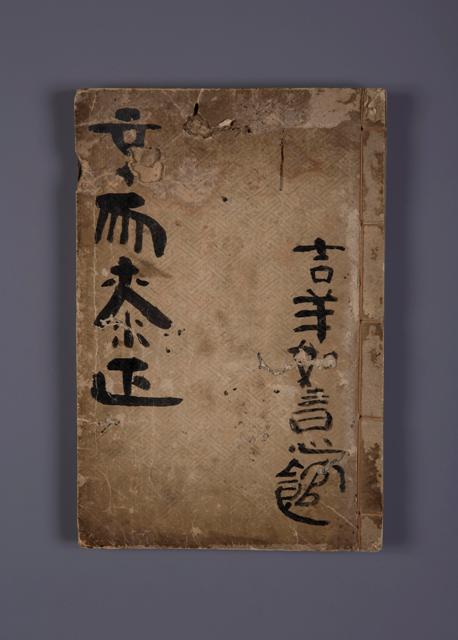| |
 |
|
| ▲ Photo courtesy Seogwipo City |
This is an introductory piece for a monthly series on Jeju’s exile culture written by Professor Yang Jingeon, Department of Storytelling in the Graduate School of Social Education, Jeju National University.
When looking for the sources of local culture, it is important to look to those things that are endemic to a people – the myths, stories and dialect – in order to understand their essence. Jeju is no different to other regions in this respect.
It is even possible that these traits become overly exclusive, defining us - and distancing us - from the other, emphasizing homogeneity rather than heterogeneity. While these propensities can be seen in Jeju, the culture of exile is resistant to such interpretations.
How do we ascertain if exile culture is exclusive to Jeju? For haenyeo culture, indigenous and intricately entwined with Jeju’s oceans, this is straightforward, but exile culture begs further inquiry. An essential question is: “Is the exiled person from Jeju?” This problematizes any attempt to see exile as exclusively of Jeju; if the people are external, what about their attendant culture?
Over 500 years of the Joseon dynasty (1392-1910) many exiles were sent to Jeju. They were the conduits for a mainland culture that contrasted with insular traditions, bringing with them many family names that Jeju people carry to this day as descendants of exiles, their lineages tied to this history of banishment. It is also true that many also perished without a trace, falling ill from the harsh climate and wind, or even poisoned by vengeful kings.
It is widely known that Jeju was designated an exile region. In “The Annals of the Joseon Dynasty” there are around 5,860 references to exile culture. 40 places of exile are mentioned in the Annals and the top five are all islands. Of these, Jeju Island ranks first.
There are pragmatic reasons for this: Jeju is farthest from the mainland and around 200 exiles were banished here, ranging from the literati to martial warriors to petty criminals. The culture which arose, influenced by both Jeju Islanders and the exiled, can be called Jeju’s exile culture.
Among the many, it is the noblemen, or sadaebu, that this author is drawn to. These gentlemen-scholars functioned as both scholars and bureaucrats for the Joseon court. Their bureaucratic duties ceased after being sent into exile, yet their scholarly interests endured; they dedicated themselves to study and contemplation. Naturally, they established relations with local dignitaries and many took on disciples, playing a crucial role in Jeju’s literary traditions. Exiles thus deeply enriched the local culture.
| |
 |
|
| ▲ Chusa's "Saehando," or Wintry Days. Photo courtesy Seogwipo City |
In illustration, three of Jeju’s “O Hyeon,” - or five exalted scholars - were exiles. These were Chungam Kim Jeong, Dong-gye Jeong-on, Uam Song Siyeol, with only Gyuam Song In su, and Cheongum Kim Sang hun being non-exiles. However, we must also note the influence of the famed scholar-exile, Chusa Kim Jeong hui (1786-1856).
The author was personally involved in the creation of Chusa’s Exile Road on Jeju and the Joseon-era calligraphist is renowned throughout the nation. However, why is Chusa so regarded? Arriving on Jeju at 55 years of age in 1840, he spent nine years here. He dedicated his life to scholarly work and calligraphy, creating his renowned “Chusa style” and attracting many disciples and students. Chusa stated: “In all of my 70 years, I wore down 10 ink stones, wore out 1000 brushes and founded the Chusa style.” All the while he had to contend with his loneliness in exile.
This culture, of which Chusa is representative, is essential to the island’s history and is of great worth to Jeju today. For this reason, this author holds a deep passion for the exile culture of this land and looks forward to introducing more of it through these pages in the months ahead. |





















